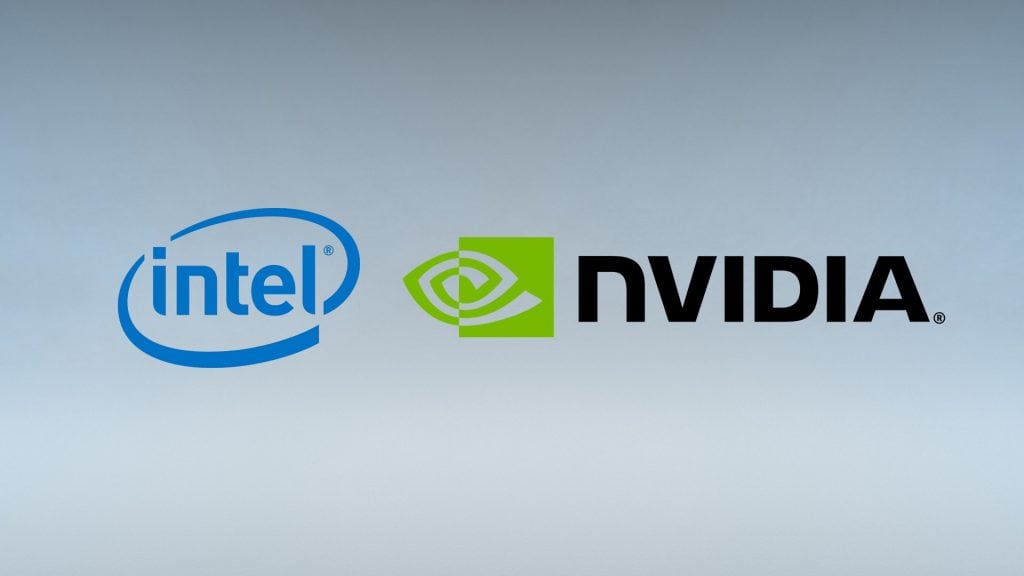Nvidia’s Processor Built by Intel
5/29/2024
Nvidia’s Processor Built by Intel: A Game-Changer?
In the ever-evolving landscape of computer hardware, rumors and speculations often ignite excitement and curiosity. Recently, whispers about Nvidia’s anticipated 2025 processor have surfaced, and they’re nothing short of intriguing. According to the grapevine, Nvidia might be taking an unconventional route by collaborating with Intel to create a processor that combines off-the-shelf ARM cores with Nvidia’s own GPU technology. Let’s break it down.
The ARM Connection
Nvidia’s foray into ARM-based processors aligns with the industry’s growing interest in energy-efficient computing. ARM architecture, known for its power efficiency, dominates the mobile and embedded markets. However, its potential in the PC space has remained largely untapped. Until now.
The rumored Nvidia processor is expected to feature ARM Cortex X5 cores. These off-the-shelf cores, designed by ARM, promise a balance of performance and power efficiency. By incorporating them into their chip, Nvidia aims to create a low-power, high-performance solution—a no-brainer move considering the rising demand for efficient laptops and ultrabooks.
Intel’s Unexpected Role
Here’s where it gets even more interesting. The rumor mill suggests that Nvidia will utilize Intel’s manufacturing facilities to build this hybrid processor. Yes, you read that correctly—an Nvidia chip built by Intel. But why?
-
Foundry Ambitions: Intel, traditionally known for its x86 processors, has been expanding its foundry services. By collaborating with Intel, Nvidia could leverage Intel’s advanced manufacturing processes, potentially including the 3nm node (or the 3-T update). This move would allow Nvidia to focus on its core expertise—the GPU—while Intel handles the CPU component.
-
Win-Win Scenario: Nvidia’s ARM-based SoC (system-on-chip) could find its way into various laptops, creating a win-win situation. Nvidia gets to showcase its GPU prowess, and laptop manufacturers can offer devices powered by a unified Nvidia solution.
-
Custom Cores?: Interestingly, this collaboration might mean no custom cores for Nvidia. Unlike Qualcomm and Apple, who design their own CPU cores, Nvidia seems content with ARM’s existing offerings. Perhaps this pragmatic approach will pay off.
The TSMC vs. Intel Debate
The rumor mill also debates the manufacturing process. While one source claims Nvidia will use TSMC’s N3P node, another insists on Intel’s 3nm process. Intel’s 3nm technology, if indeed used, could involve Foveros Direct 3D stacking, allowing Nvidia to combine different components seamlessly.
The Future of Nvidia x86?
Lastly, this collaboration could signal a shift away from traditional x86 architecture. If successful, Nvidia’s ARM-based processor might challenge the dominance of x86 chips, especially in the laptop market.
In conclusion, Nvidia’s rumored 2025 processor is a fascinating blend of ARM cores, Nvidia GPUs, and Intel’s manufacturing prowess. Whether it becomes a game-changer or merely adds to the rumor mill remains to be seen. But one thing’s for sure—the tech world is watching closely.

